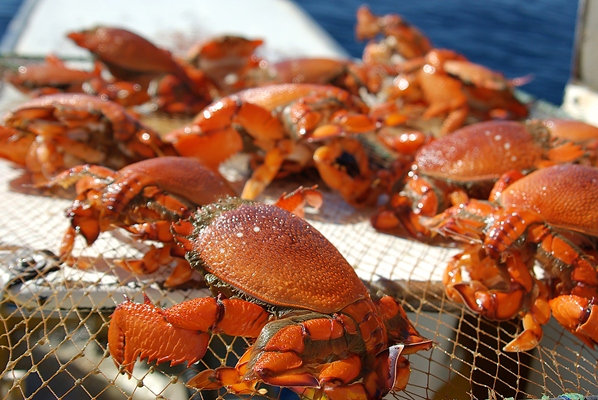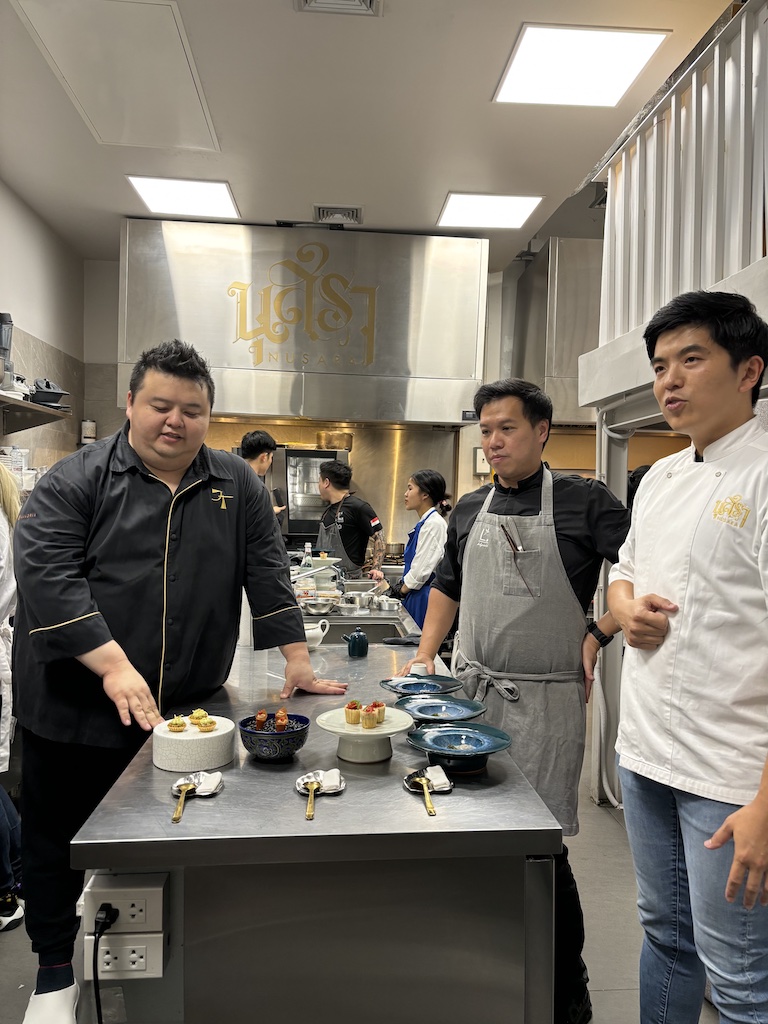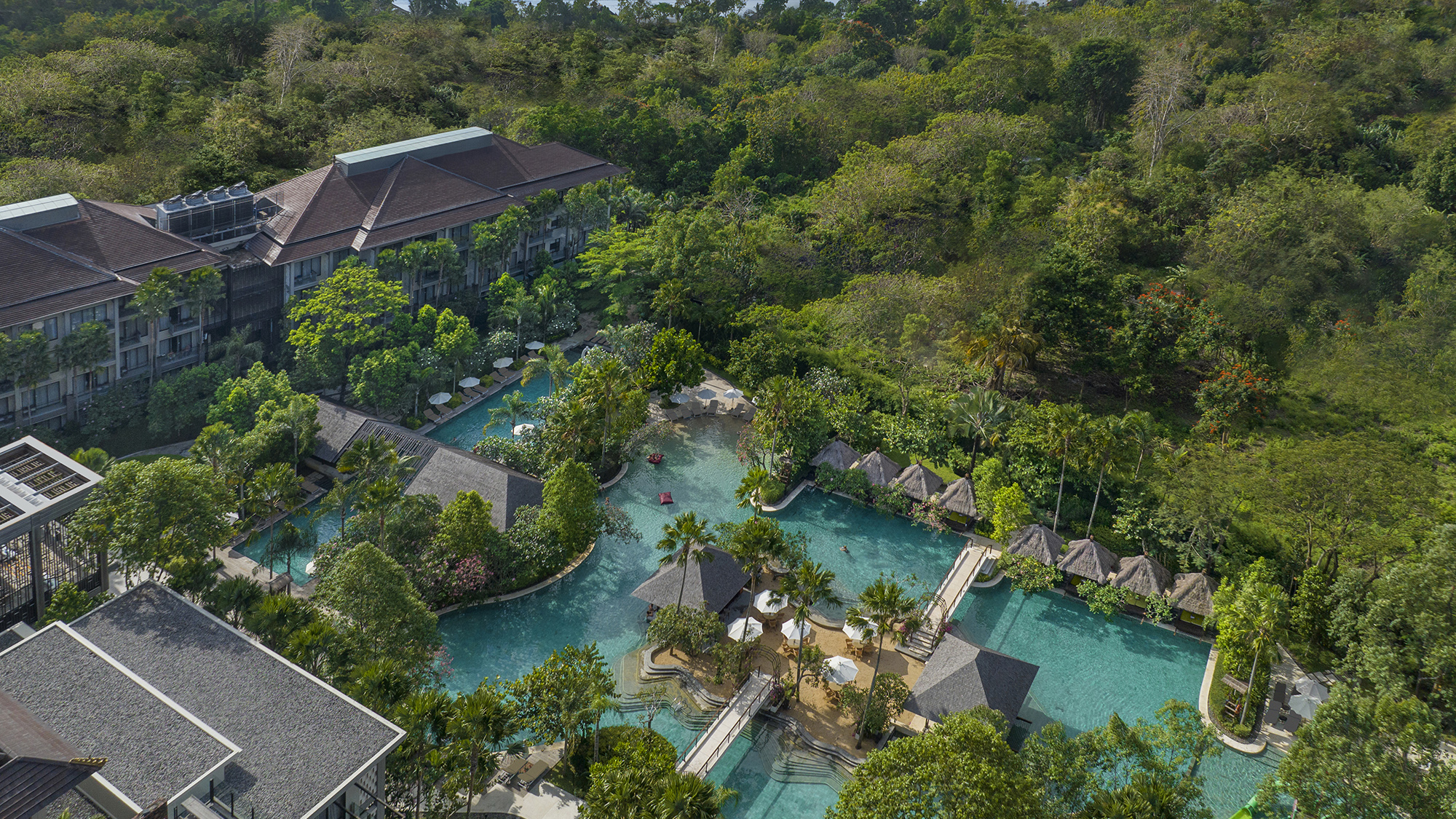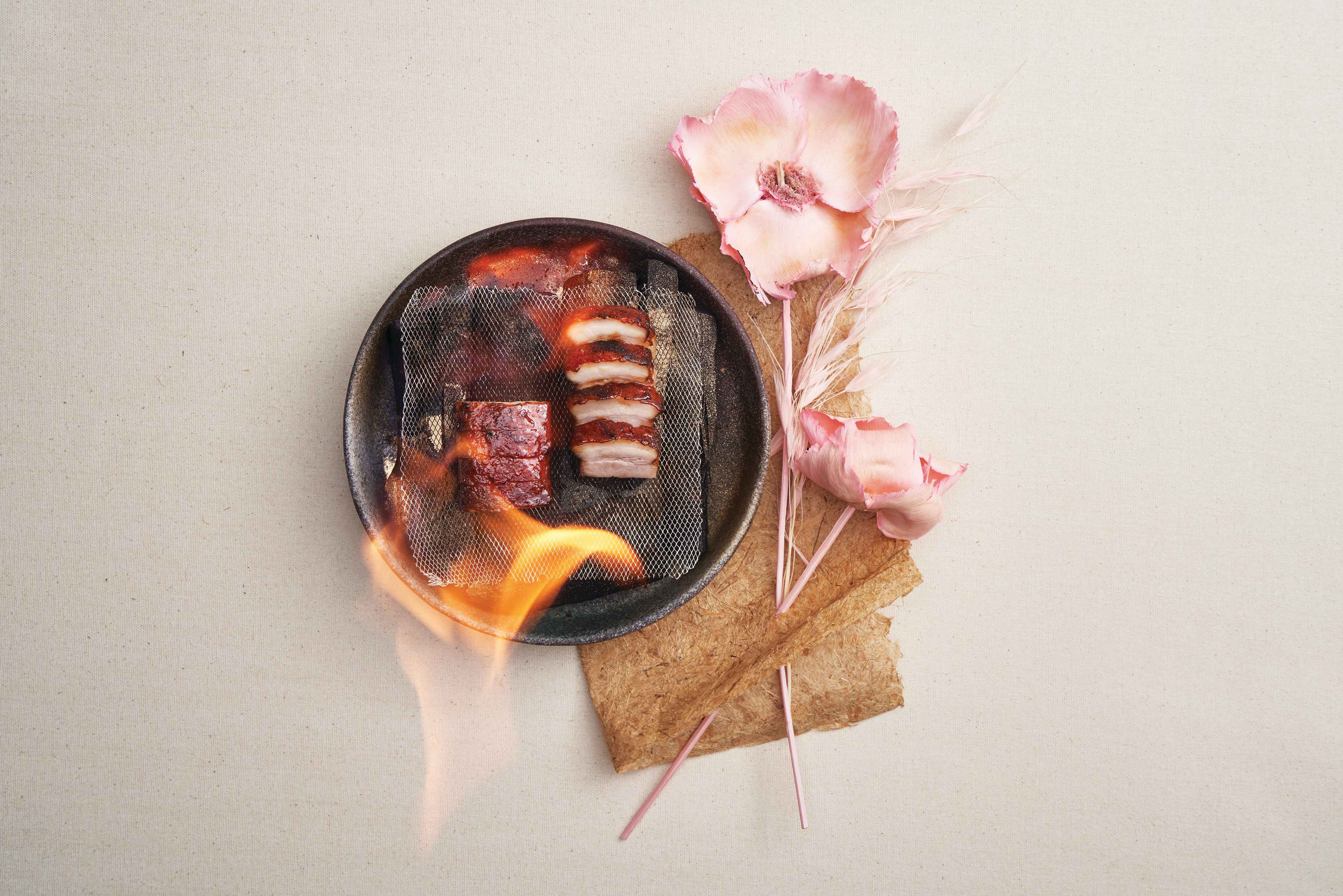Crab-o-licious
Don’t be fooled by its unsightly, otherworldly shape. The spanner crab’s strength lies in its seductively tender and creamy meat, says chef Nguyen Quoc Nam.

With an elongated carapace that accentuates its frog-like appearance and spanner-shaped pincers that are rather big for its gangly limbs, the spanner crab is at once quirky and ugly looking. The odd position of its hind legs behind its shell is explained by the crab’s unconventional ability to crawl forward, and not sideways, an act which lends it the demeanour of a stunted, hunchbacked crayfish.
Known as the Ranina Ranine, the spanner crab is commonly found in Australia’s Queensland coast, inhabiting inter-tidal waters to depths of more than 100m. It thrives in sandy areas of sheltered bays and surf areas, concealing its bright orange to red shell beneath the sand, and waiting to attack its prey, such as small crustaceans, bivalve molluscs and polychaete worms. The marine —prized by chefs for its sweet flesh—is caught wild, with its seasonal availability starting in January and peaking from the middle of the year till October.
Nguyen Quoc Nam, owner chef of Annam Vietnamese restaurant, is one of the spanner crab’s fans. Incidentally, he was introduced to it by Sydney-based chef Tetsuya Wakuda, who visited his restaurant with a packet of the crab meat. “The spanner crab is very different from Sri Lanka mud crab,” says Nguyen. “Unlike the latter, its flesh has no fibrous textures—it has an almost melt-in-your-mouth feel, like an omelette or an egg white. A few customers who tried our dishes with spanner crab were initially sceptical that it was crustacean meat, because they were used to those with a fibrous meat.”
Excerpt from the October issue of epicure.
SHARE

















 SUBSCRIBE
SUBSCRIBE